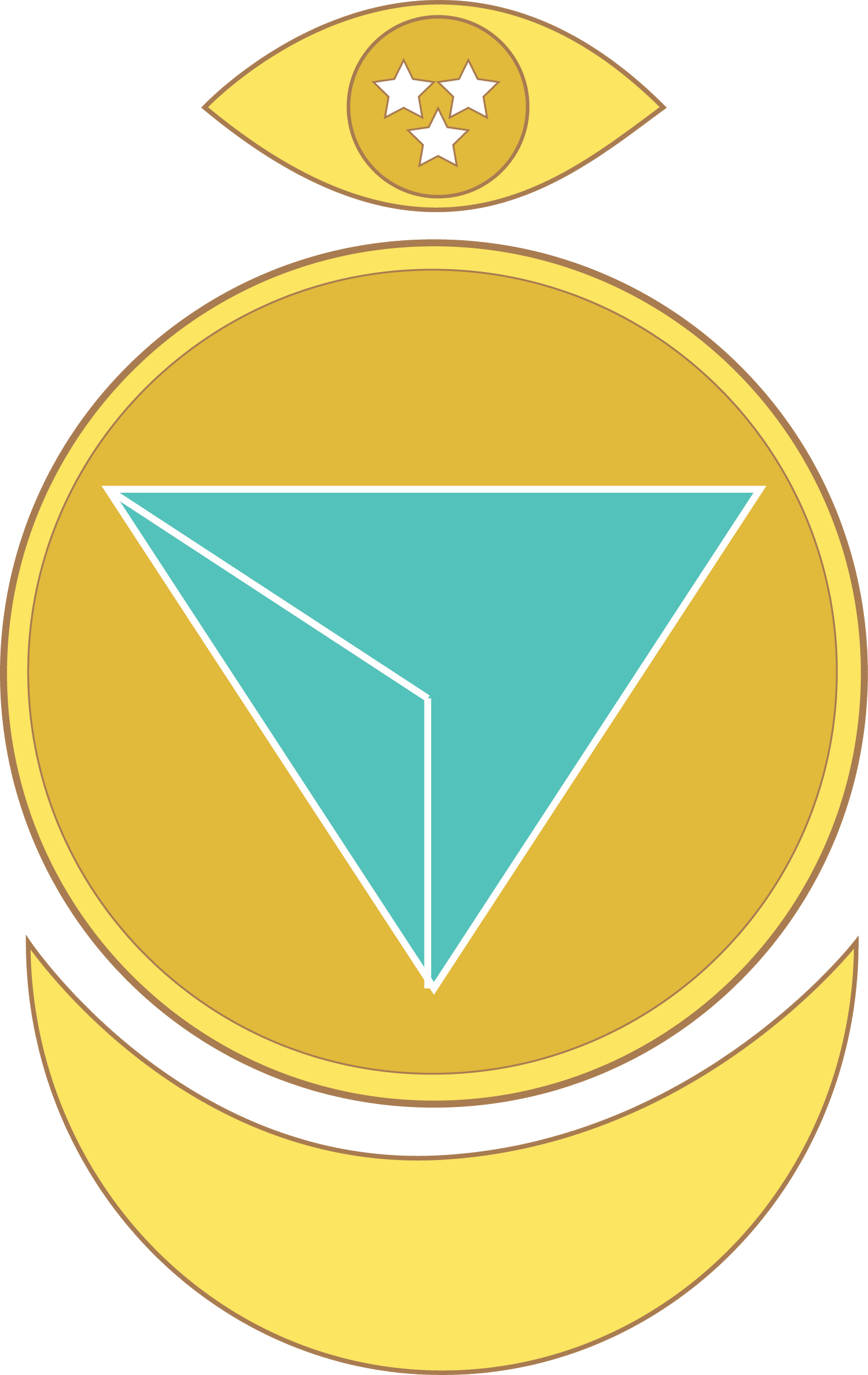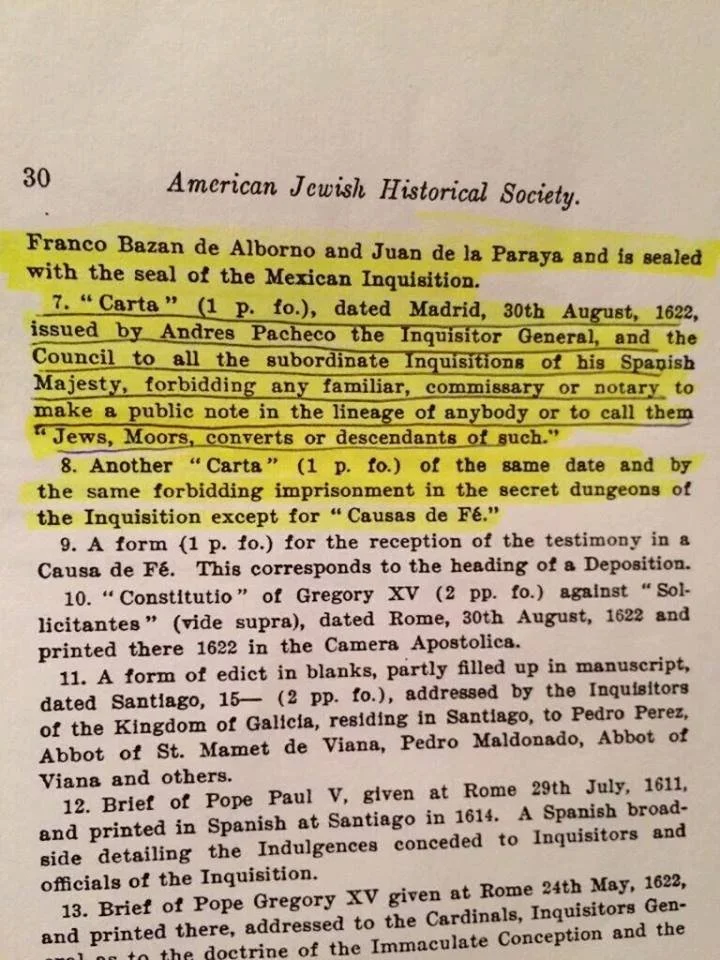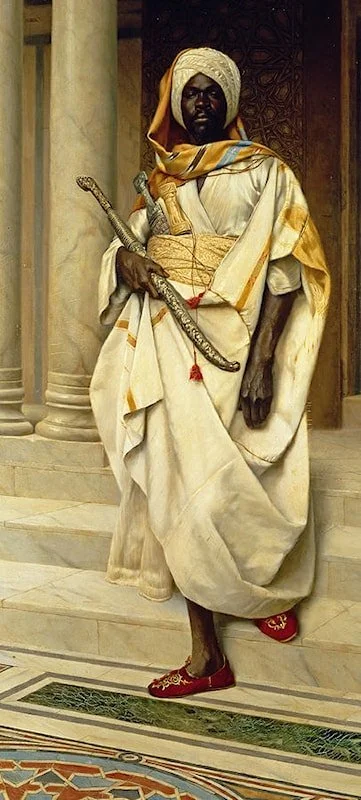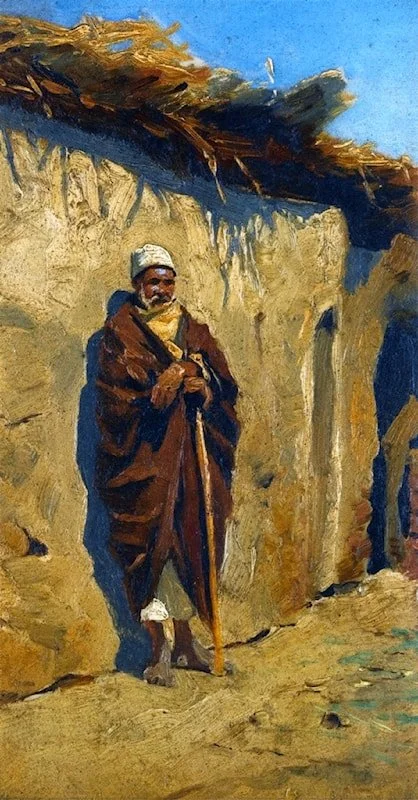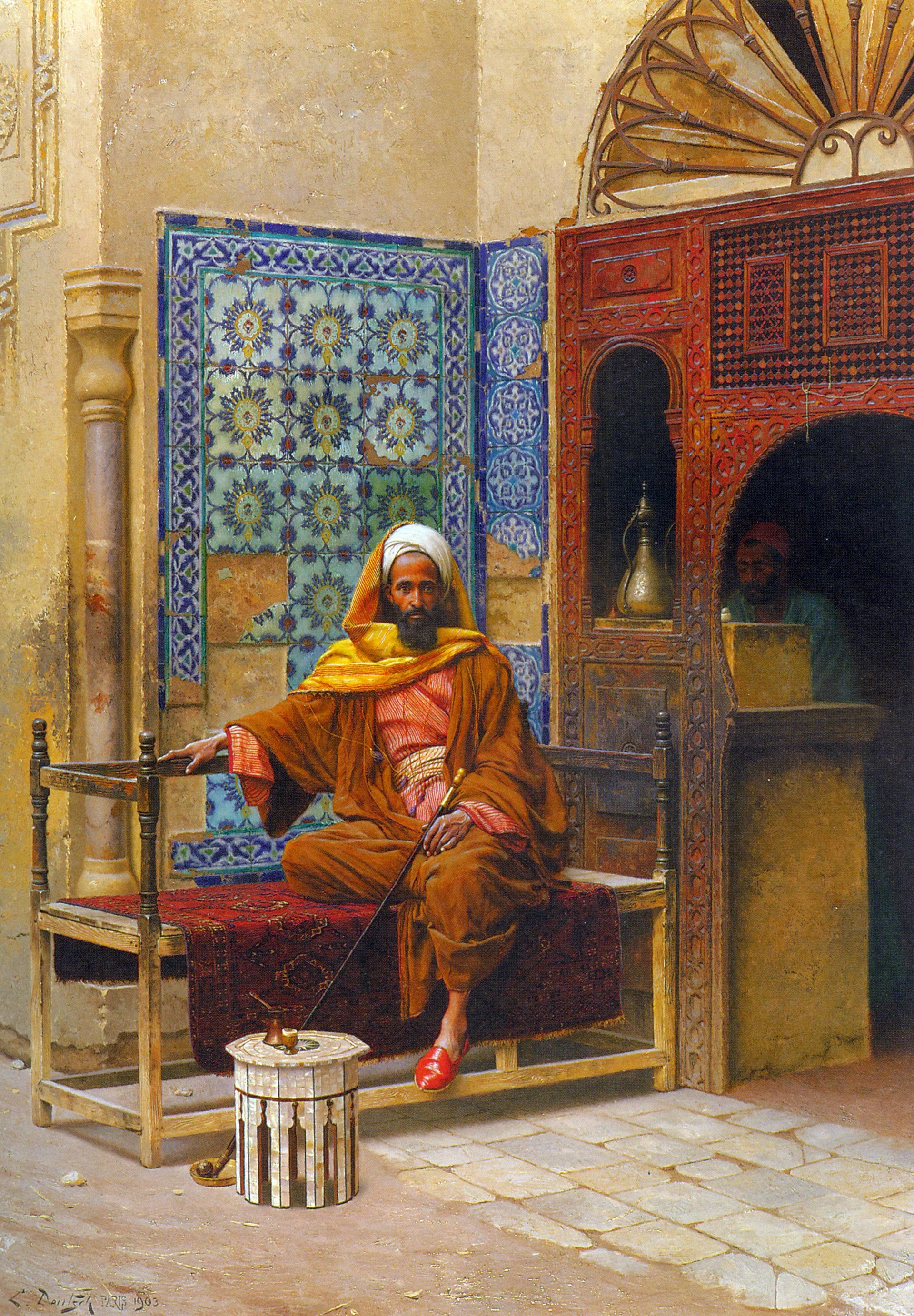THE STORY
-
Ancient Origins & Mixed Heritage:
Our story begins with the ancient Moabites, a West Semitic people who inhabited the highlands east of the Dead Sea. As descendants of these ancient people, our bloodline carries the legacy of one of civilization's earliest cultures. The Moabites were not isolated - they interacted and mixed with various peoples including:
Canaanites
Phoenicians
Ancient Egyptians
Other Semitic peoples
Early Civilizational Development:
Our ancestors were master builders, traders, and navigators. Through the Phoenician period, they:
Developed advanced maritime technology
Created sophisticated writing systems
Built great trading networks
Established colonies across North Africa
-
By 711 CE, our ancestors had established one of history's most advanced civilizations in Al-Andalus (Spain), where they:
Advanced mathematics and science
Created architectural wonders
Developed sophisticated agricultural systems
Fostered a multicultural society where Christians, Jews, and Muslims coexisted
Maritime Legacy:
Before Columbus, our ancestors:
Crossed the Atlantic Ocean multiple times
Established trade with indigenous Americans
Left evidence of their presence through:
Archaeological findings
Linguistic similarities
Cultural practices
Agricultural developments
-
The period of 1492-1500s marked dramatic changes:
Fall of Granada ended Moorish rule in Spain
Many fled to North Africa
Others traveled to the Americas
Some were later brought as enslaved people
Identity Transformation:
Through systematic oppression, our people experienced forced identity changes:
From Moors to "Free Moors"
Then to "colored" or "Negro"
Finally to "Black"
Loss of connection to ancient heritage
-
In 1913, Noble Drew Ali began the great awakening:
Established Moorish Science Temple of America (1913)
Reminded us of our true nationality
Restored our connection to our Moorish heritage
Reclaimed the titles "El" or "Bey"
The Divine Constitution states: "The Moorish Americans are the descendants of the ancient Moabites who inhabited the northwestern and southwestern shores of Africa."
-
Today, Moorish Americans represent:
A reclamation of ancient heritage
Return to original names and customs
Recognition of mixed ancestry including:
Moabite
African
Arabian
Indigenous American
Core Principles Restored:
Love
Truth
Peace
Freedom
Justice
Legal Status:
Recent developments include:
State recognition (like SR 1014 in Texas)
Growing awareness of Moorish American identity
Revival of cultural practices
Return to traditional principles
Contemporary Understanding:
Modern Moorish Americans recognize:
Their complex ancestral heritage
The importance of maintaining traditions
Their role in American society
The significance of their recovered identity
This narrative shows how Moorish Americans:
Preserved their heritage through centuries
Maintained cultural connections despite oppression
Reclaimed their identity through consciousness
Continue to honor their ancient legacy while embracing their place in modern America
The story continues as Moorish Americans work to:
Educate others about their heritage
Preserve their traditions
Maintain their cultural identity
Contribute to American society while honoring their ancestral legacy
Early Civilizational Development (2000-1000 BCE):
2000-1800 BCE:
Development of early Ethiopian kingdoms under Cushite rule
Establishment of trade routes between Ethiopia and Egypt
Early settlement patterns in North Africa
1921 BCE (from Light and Truth):
Time of Abraham
Early interactions between Hebrews and Ethiopians/Egyptians
Development of early writing systems in Egypt
1500-1200 BCE:
West Semitic Moabite Kingdom development Building of fortified cities
Agricultural innovations
Development of distinct Moabite language and writing system
Phoenician/Carthaginian Period:
846 BCE (from Light and Truth):
Founding of Carthage by Queen Dido
Establishment of Phoenician colonies along North African coast
Development of maritime trade networks
800-600 BCE:
Expansion of Carthaginian influence
Development of advanced navigation techniques
Establishment of trading posts throughout Mediterranean
Cultural exchange between Phoenicians and local populations
Early Kingdom Period (700-100 BCE):
700-500 BCE:
Consolidation of North African kingdoms
Development of advanced agricultural systems
Growth of urban centers
Cultural and technological advances
500-200 BCE: From archaeological records:
Peak of Carthaginian power
Advanced architectural developments
Sophisticated military organization
Extensive trade networks
Moorish american ORIGINS, ANCIENT & BIBLICAL FOUNDATIONS (Pre-history - 2000 BCE)
A TIMELINE OF WHAT HAS BEEN
PRE-ISLAMIC PERIOD (1000 BCE - 700 CE):
Early trade and exploration between Africa and Americas
Phoenician and Carthaginian maritime activities
Development of advanced navigation techniques
Archaeological evidence of early contact
Moorish american ORIGINS, PRE-ISLAMIC PERIOD (1000 BCE - 700 CE)
ISLAMIC PERIOD (700-1492 CE):
Early Islamic Era (700-750 CE):
Spread of Islam across North Africa
Integration of Islamic and indigenous traditions
Development of new educational systems
Moorish Spain Period (711-1492 CE):
711 CE:
Tariq ibn Ziyad leads conquest of Spain
Establishment of Al-Andalus
Beginning of Moorish governance in Iberia
756-929 CE:
Establishment of Umayyad Emirate of Córdoba
Development of administrative systems
Construction of Great Mosque of Córdoba begins
Integration of diverse cultural elements
Golden Age (929-1031 CE): Achievements:
Libraries containing 400,000+ volumes
Advanced mathematical studies
Medical innovations
Agricultural advancements
Architectural developments
Scientific discoveries
Global Travel
Specific Developments:
Establishment of universities
Creation of public hospitals
Advanced irrigation systems
Astronomical observatories
Development of new surgical techniques
Advanced pharmacology
Navigation improvements
Cultural Peak (1000-1200 CE): Centers of Learning:
University of Al Quaraouiyine
University of Al-Azhar
Córdoba libraries
Translation centers
Achievements:
Alhambra Palace construction
Advanced mathematical calculations
Astronomical discoveries
Literary works
Philosophical treatises
Agricultural innovations
Decline Period (1200-1492):
Gradual loss of territory
Cultural preservation efforts
Continued scientific advancement
Architectural achievements
Maintenance of educational systems
1492: Fall of Granada
End of Moorish rule in Spain
Mass exodus begins
Cultural preservation efforts
Beginning of transformation period
Moorish american ORIGINS, ISLAMIC PERIOD
TRANSFORMATION PERIOD (1492-1900s):
1492-1550:
Immediate Post-Granada Period:
- Mass exodus from Spain
- Migration patterns:
* Return to North Africa
* Dispersal throughout Mediterranean
* Early presence in Americas
- Preservation of knowledge and culture
- Forced conversions
Mass exodus from Spain
Beginning of new racial classifications
1550-1700:
Colonial Era Beginnings:
- Early presence in Americas documented
- Recognition as "Free Moors" in early colonies
- Treaties with European nations
- Maintenance of distinct identity
1774 (Referenced in MSTA Holy Koran) during the time of slavery:
Critical Identity Shift:
- Loss of officially recognized Moorish nationality
- Implementation of new classifications:
* "Negro"
* "Colored"
* "Black"
* "Ethiopian"
1787:
- Treaty of Peace and Friendship between Morocco and United States
- Recognition of Moorish merchants and travelers
- Establishment of legal precedents
1800s:
Cultural Transformation:
- Gradual loss of traditional naming conventions
- Religious adaptations
- Cultural preservation efforts
- Underground maintenance of traditions
-Juneteenth 1865
Moorish american ORIGINS, TRANsFORMATION period
One of the many events that led to the Loss of the Officially Recognized Moorish Nationality and New Classifications converting Identity from bloodline to color.
MODERN ERA (1900-Present):
Early 1900s Revival:
1886:
- Birth of Timothy Drew (later Noble Drew Ali)
1913:
- Initial conception of Moorish movement
- Beginning of identity reclamation efforts
1925:
- Official establishment of Moorish Science Temple of America
- Development of organizational structure
- Creation of Divine Constitution
1927:
- Legal incorporation of MSTA
- Establishment of temples nationwide
- Implementation of:
* Divine Constitution
* Rules and regulations
* Membership requirements
* Religious practices
1928-1929:
MSTA Development:
- Peak of early organizational growth
- Establishment of multiple temples
- Publication of Holy Koran of MSTA
- Creation of organizational structure
MSTA Core Principles Established:
- Love
- Truth
- Peace
- Freedom
- Justice
1929-Present:
Organizational Development:
- Continuation of MSTA temples
- Preservation of teachings
- Cultural reclamation efforts
- Identity restoration work
- Educational programs
- Community development
Legal Developments:
- Nationality recognition cases
- Religious freedom protections
- Constitutional rights assertions
- International status considerations
Modern Activities:
- Educational programs
- Cultural preservation
- Historical research
- Identity documentation
- Religious instruction
- Community support
Moorish american ORIGINS, MODERN ERA
Moorish american ORIGINS, MODERN ERA
A. Islamic Historical Sources:
1. Al-Masudi's "Muruj adh-Dhahab" (956 CE):
Direct Quote: "Some people feel that this ocean is the source of all oceans and in it there have been many strange happenings... Adventurers have penetrated it at the risk of their lives, some returning safely, others perishing in the attempt. One such man was an inhabitant of Andalusia named Khashkhash..."
- Location: Vol. 1, p.138
- Significance: Documents early Muslim trans-Atlantic voyages
2. Al-Idrisi's Geographic Work (12th century):
Key Citation: "A group of seafarers sailed into the sea of darkness and fog from Lisbon... They finally reached an island that had people and civilization but they were captured and chained for three days. On the fourth day, a translator came speaking the Arabic language!"
- Location: Kitab al-Mamalik wa-l-Masalik, p.184
- Significance: Evidence of Arabic speakers in pre-Columbian Americas
Would you like me to continue with:
B. European Historical Documents
Columbus's Writings: Direct Quote from "The Narrative of the Third Voyage": "Certain principal inhabitants of the island of Santiago came to see him, and they said that to the south-west of the island of Huego... canoes had been found which start from the coasts of Guinea and navigate to the west with merchandise."
Source: The Voyages of Christopher Columbus by Lionel Cecil Jane
Significance: Documents African presence before European arrival
Las Casas's Observations:
Quote: "Did they not receive the Spaniards who first came among them with gentleness and humanity? Did they not show more joy in proportion in lavishing treasures upon them than the Spaniards did greediness in receiving them? " Demonstrates pre-existing civilizations
C. Archaeological Evidence
University of Cambridge Studies:
Findings of Islamic coins in pre-Columbian sites
Dating: 8th-9th centuries CE
Locations: Caribbean region
Source: "Before Columbus" by Cyrus Gordon, pp.68-70
British Museum Collections:
Carthaginian artifacts
Trans-Atlantic trade evidence
Maritime technology remains
D. Modern Academic Research
Dr. Abdullah Hakim Quick's "Deeper Roots": Key Findings:
Documentation of Muslim explorers
Analysis of trade routes
Cultural exchange evidence
Linguistic connections
Ivan Van Sertima's Research: From "African Presence in Early America":
Maritime technology analysis
Cultural diffusion studies
Archaeological correlations
Linguistic evidence
F. Legal Documentation
Spanish Colonial Laws: 1550 Royal Decree: "We are informed that because of the increase in price of Negro slaves in Portugal and in the islands of Guinea and Cape Verde... some merchants and other persons who intend to have them for our Indies..."
Source: Spanish Colonial Archives
Significance: Shows intentional racial categorization
Modern Recognition: Texas Senate Resolution 1014 (2015): "Recognizing Moorish Americans for their contributions to our state and nation ."
Official government recognition
Modern legal status
F. Cartographic Evidence
Piri Re'is Map (1513):
Shows accurate coastlines
Pre-dates European "discoveries"
Source: Istanbul Library archives
Analysis by multiple cartographers
Haji Ahmed Map (1559):
Sophisticated projection methods
Accurate American details
Source: Turkish historical archives
G. Religious/Cultural Documentation
Moorish Science Temple Documents: Divine Constitution states: "With us all members must proclaim their nationality and we are teaching our people their nationality and their divine creed that they may know that they are a part and partial of this said government."
Early Cultural Evidence: From "Light and Truth":
Biblical connections
Ancient lineages
Cultural practices
Religious traditions
